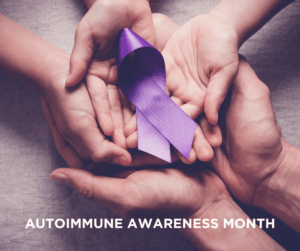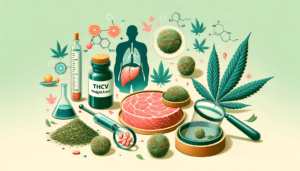
Understanding Autoimmune Diseases During Autoimmune Awareness Month: A Focus on Skin Conditions and Cannabis Relief
Autoimmune diseases present a significant challenge to public health, affecting millions worldwide. In the United States alone, it’s estimated that autoimmune diseases impact approximately 10 million people, accounting for about









